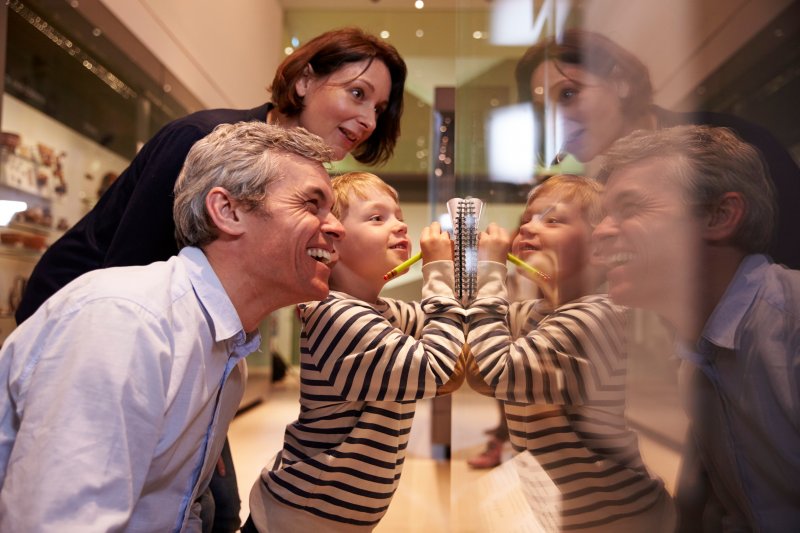4 Weird Ways Ancient People Used Cosmetic Dentistry
September 15, 2023

The pursuit of a beautiful smile isn’t a modern obsession. From ancient civilizations to the medieval era, people have sought unique ways to enhance their dental aesthetics. If you want to learn how different cultures across time used their resources for complete smile makeovers, continue reading.
1. Egyptian Dental Bridges
The ancient Egyptians were pioneers of cosmetic dentistry. Dating back to 2000 BC, they created one of the earliest dental prosthetics known as a dental bridge. This device, made from human teeth or ivory and gold wire, filled gaps left by missing teeth. This not only allowed them to continue eating and speaking normally, but also enhanced the aesthetics of their smile.
2. Roman Tooth Bleaching
In ancient Rome, white teeth were a symbol of wealth and status. To achieve pearly whites, Romans used an interesting concoction: urine and milk. Yes, you read that correctly. The ammonia in urine acted as a natural teeth-whitening agent. People would rinse their mouths with urine daily to keep their teeth sparkling.
Even if the method might leave you cringing today, the Romans showed an early grasp of chemical science by using ammonia.
3. Japanese “Ohaguro” Teeth Blackening
Centuries ago in Japan, a practice called “ohaguro” was common among married women, members of the aristocracy, and the samurai. This practice involved blackening the teeth using a solution of iron and vinegar.
Blackened teeth, a sign of maturity, were considered an attractive feature, especially between the Heian and Edo periods from the 10th to early 19th century. Besides its attractive look, ohaguro was also considered healthy as the chemicals used in the dye created a dental sealant to prevent tooth decay.
4. Medieval Barber “Teeth Shaving”
In medieval Europe, barbers did more than just cut hair. They offered dental services as well, although their approach was somewhat unusual. They would file teeth down to reduce crowding or unevenness. This process was called “tooth shaving.” This was often accompanied by an acid treatment to whiten the teeth.
However, this acid also began to eat the enamel away, eventually leading to complete tooth loss. Fortunately, modern dentistry has provided far less invasive and more effective methods for achieving straight and white teeth.
Cosmetic dentistry has come a long way from the unconventional methods practiced by ancient civilizations. Today, we have access to a wide range of safe and effective treatments for enhancing smiles. Whether you’re considering dental bridges, teeth whitening, or orthodontics, modern dentistry offers many options that are far less strange and significantly more comfortable. These historical practices, while fascinating, remind us to appreciate the advanced cosmetic dentistry we enjoy today.
About the Author
Dr. Eric Barajas believes that building relationships with patients is the most important part of their treatment. He earned his dental doctorate from the UCLA School of Dentistry and never looked back. He’s been practicing dentistry for over 30 years and has increased his education through countless hours of study. To schedule a smile makeover consultation at Village Walk Dental, call (619) 482-7367 or visit the website to explore other services.
No Comments
No comments yet.
RSS feed for comments on this post.
Sorry, the comment form is closed at this time.
